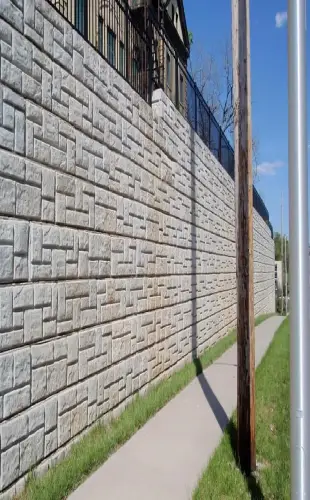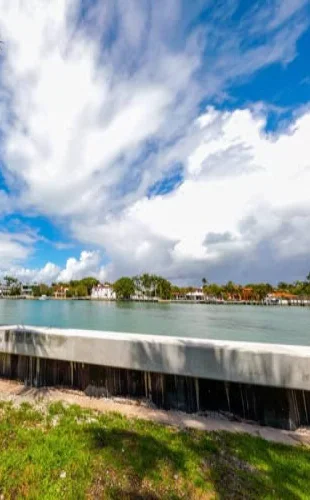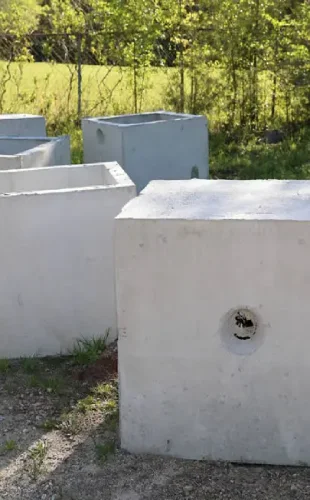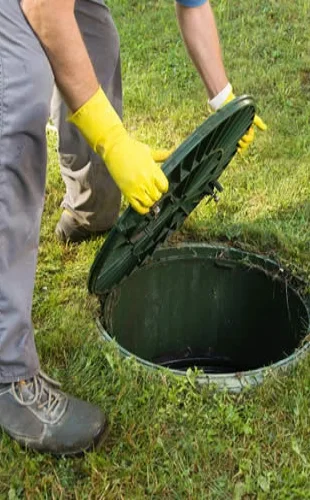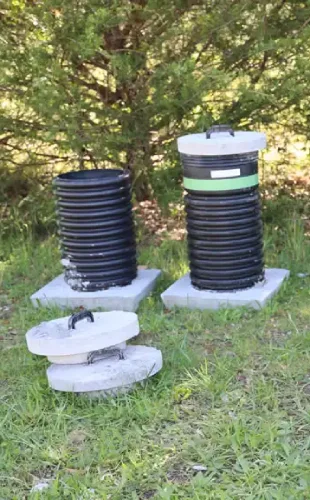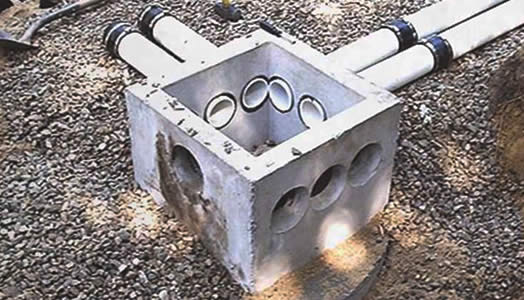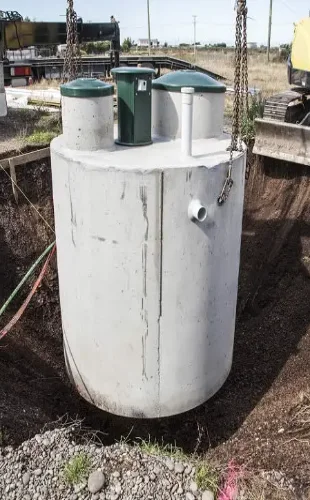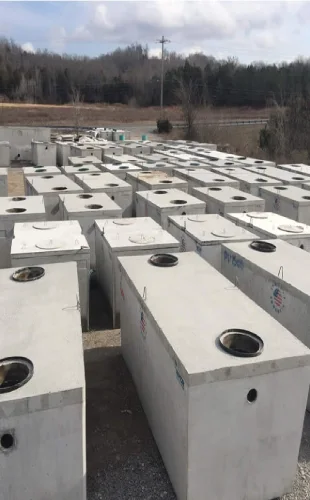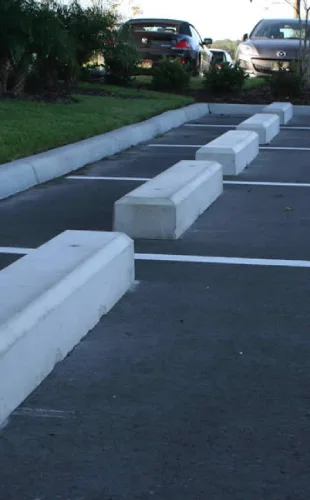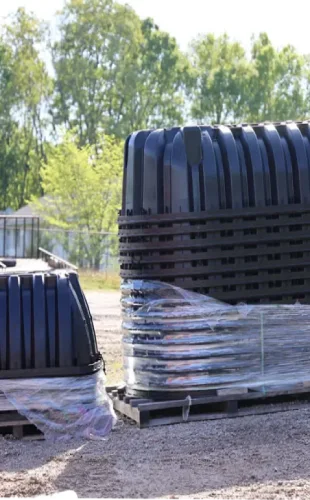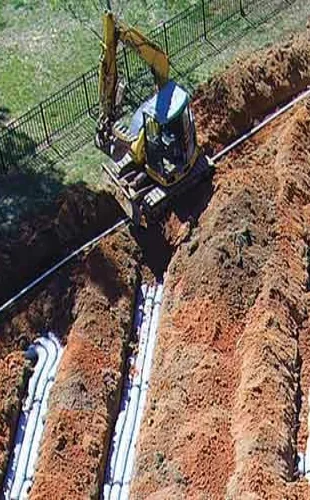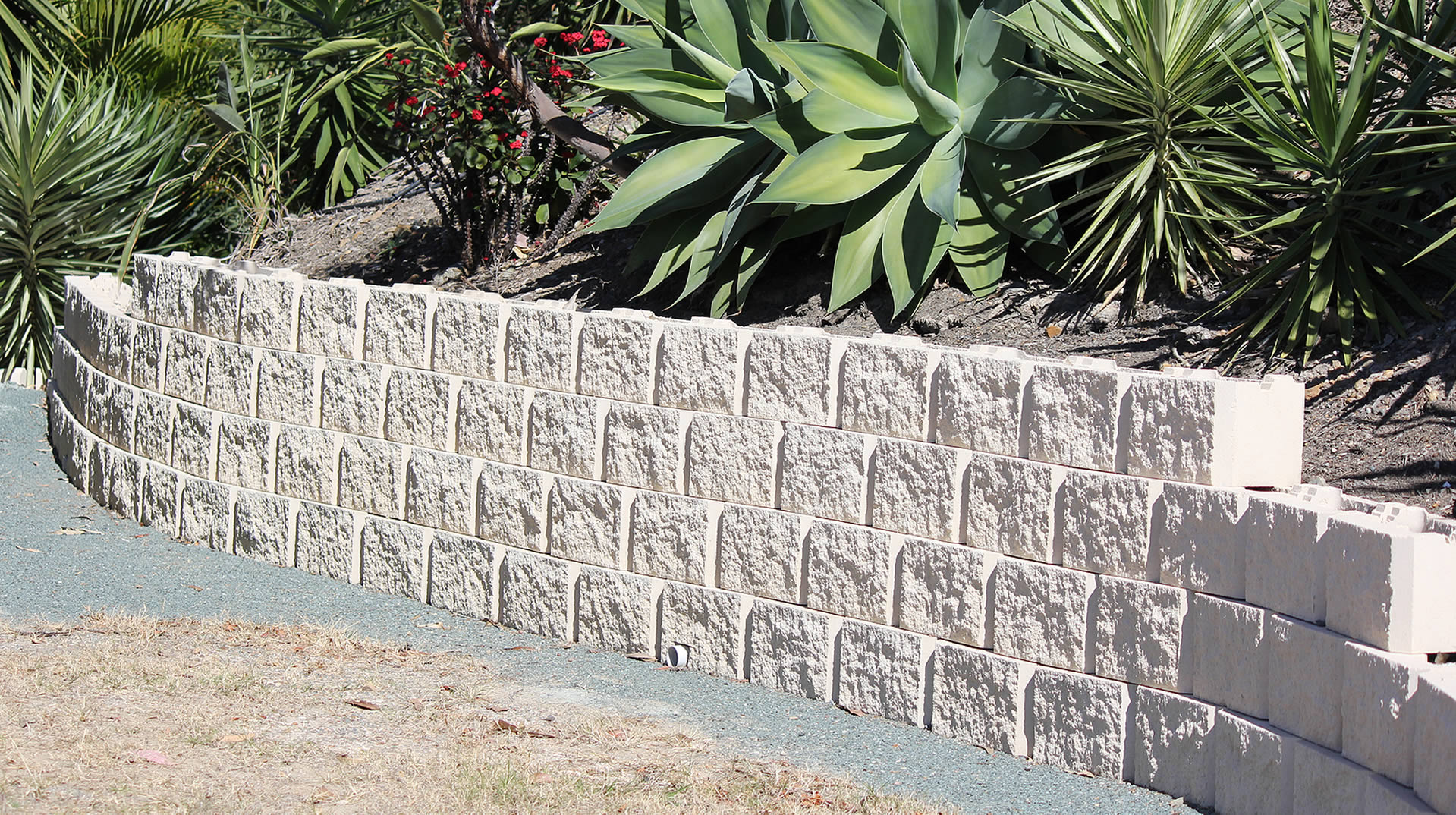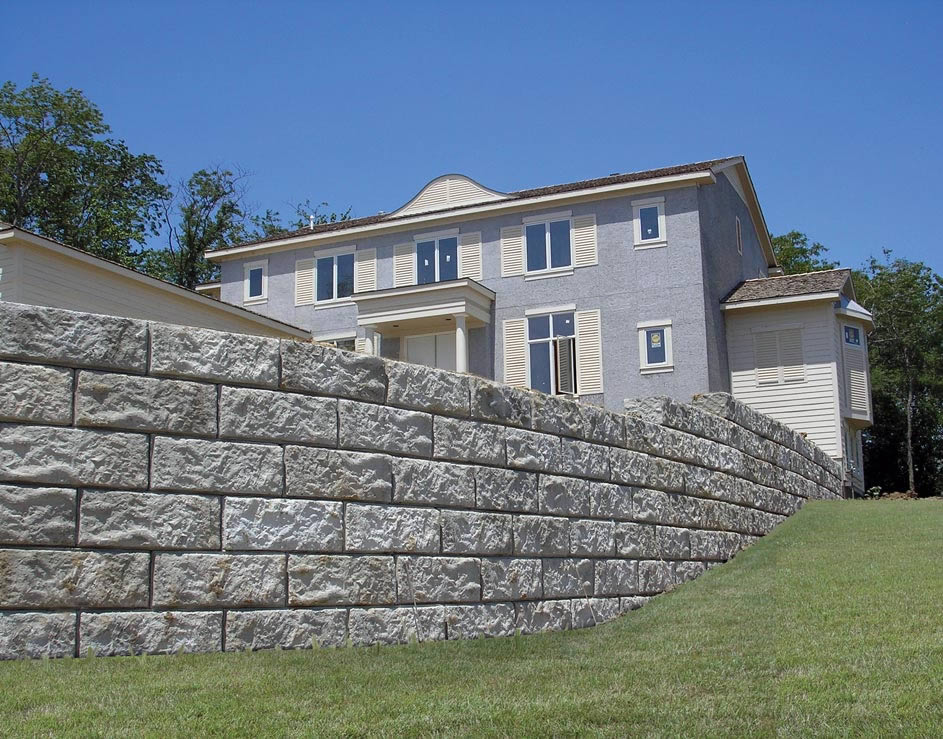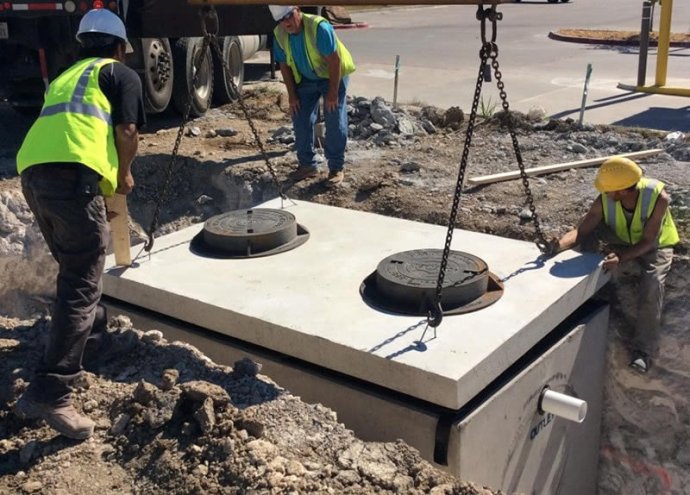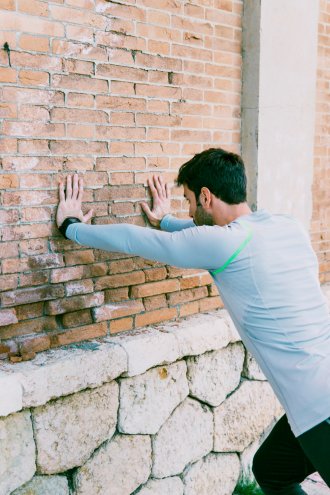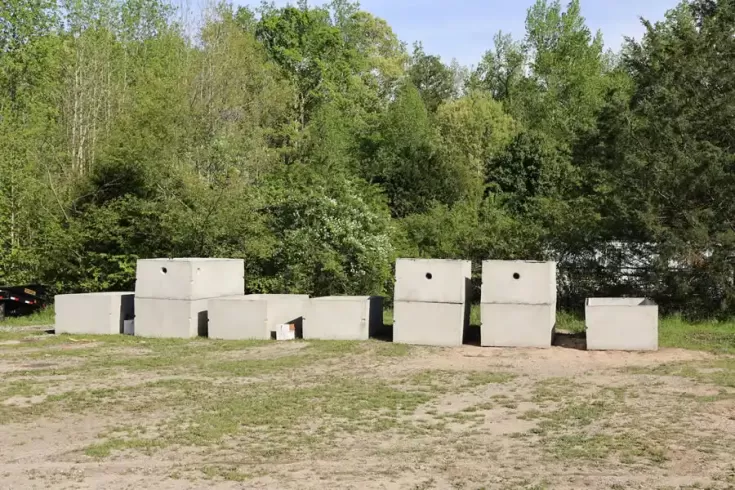Different Retaining Wall Materials
Retaining walls come in various materials, each offering distinct advantages and lifespan expectations. Here’s a quick overview of some popular choices:
- Concrete Retaining Walls: Concrete walls are known for their durability and strength. They are often chosen for their ability to withstand significant pressure and their relatively low maintenance requirements.
- Wood Retaining Walls: Wood is popular for its natural appearance and versatility. However, wood walls require regular maintenance to prevent rot and insect damage, which can affect their lifespan.
- Stone Retaining Walls: Stone walls offer a classic, timeless look and are incredibly durable. The lifespan of a stone retaining wall can vary based on the type of stone used and the quality of installation.
Factors That Influence Retaining Wall Longevity
The lifespan of a retaining wall is influenced by several factors beyond the material itself. Knowing about these factors can help in selecting the right type and ensuring its longevity.
- Soil Conditions: The type of soil and its drainage properties significantly impact the wall’s stability. Poor drainage will likely lead to water buildup behind the wall, causing pressure and potential failure.
- Environmental Exposure: Walls exposed to harsh weather conditions, such as freeze-thaw cycles or heavy rainfall, may deteriorate faster. Proper installation and maintenance can mitigate these effects.
- Construction Quality: The quality of workmanship during installation is important. A well-built wall with a solid foundation and proper drainage will last much longer than a poorly constructed one, so purchase materials from a reputable retaining walls manufacturer.
- Maintenance Practices: Regular inspection and maintenance can extend the lifespan of retaining walls.
Common Pitfalls That Lead to Retaining Wall Failures
Even the most well-constructed retaining walls can encounter issues over time. Being aware of common failure causes can help in taking preventive measures:
- Poor Drainage: Inadequate water drainage is one of the leading causes of retaining wall failure. Water buildup behind the wall can increase pressure and cause structural damage.
- Foundation Issues: Weak foundations can lead to shifting and instability. Ensuring a solid base is crucial for long-term stability.
- Improper Construction: Cutting corners during construction can result in premature failure. Ensuring professional installation is key to avoiding such issues.
- Neglect and Lack of Maintenance: Ignoring small cracks or signs of wear can lead to significant problems over time. Regular inspections and timely repairs are essential.
Identifying When a Retaining Wall Needs Attention
Recognizing the signs that a retaining wall requires repair or replacement can prevent minor issues from becoming a major crisis. Here’s what to look out for:
- Visible Cracks: Cracks in the wall surface can indicate underlying structural issues. Small fissures can be repaired, but larger ones may require professional services.
- Leaning or Bulging: A retaining wall that is leaning or bulging is a clear sign of instability. Immediate action is needed to prevent collapse.
- Water Seepage: Water seeping through the wall indicates drainage problems that need to be fixed to prevent further damage.
- Soil Erosion: Erosion around the base of the wall can undermine its stability. Adding vegetation or other erosion control measures can help.
Do You Need a Local Retaining Walls Supplier?
Have you been searching for a reliable retaining walls manufacturer? Garrett Precast is dedicated to providing quality retaining walls that stand the test of time. If you’re considering a new retaining wall or need maintenance on an existing one, contact us today.
